 Published in 2020 by KidHaven Publishing, an Imprint of Greenhaven Publishing, LLC 353 3rd Avenue Suite 255 New York, NY 10010 2020 Booklife Publishing This edition is published by arrangement with Booklife Publishing All rights reserved. No part of this book may be reproduced in any form without permission in writing from the publisher, except by a reviewer. Edited by: Holly Duhig Designed by: Amy Li Cataloging-in-Publication Data Names: Wood, John. Title: Bees / John Wood. Description: New York: KidHaven Publishing, 2020. | Series: Tiny things, big impacts | Includes glossary and index.
Published in 2020 by KidHaven Publishing, an Imprint of Greenhaven Publishing, LLC 353 3rd Avenue Suite 255 New York, NY 10010 2020 Booklife Publishing This edition is published by arrangement with Booklife Publishing All rights reserved. No part of this book may be reproduced in any form without permission in writing from the publisher, except by a reviewer. Edited by: Holly Duhig Designed by: Amy Li Cataloging-in-Publication Data Names: Wood, John. Title: Bees / John Wood. Description: New York: KidHaven Publishing, 2020. | Series: Tiny things, big impacts | Includes glossary and index.
Identifiers: ISBN 9781534532816 (pbk.) | ISBN 9781534532830 (library bound) | ISBN 9781534532823 (6 pack) | ISBN 9781534532847 (ebook) Subjects: LCSH: Bees--Juvenile literature. Classification: LCC QL565.2 W663 2020 | DDC 595.799--dc23 Printed in the United States of America CPSIA compliance information: Batch #BW20KL: For further information contact Greenhaven Publishing LLC, New York, New York at 1-844-317-7404. Please visit our website, www.greenhavenpublishing.com. For a free color catalog of all our high-quality books, call toll free 1-844-317-7404 or fax 1-844-317-7405. PHOTO CREDITS All images are courtesy of Shutterstock.com, unless stated otherwise. Cover BEAUTYTHIN, COLOA Studio, Daniel Prudek, jukurae, Borders & Bees BEAUTYTHIN, COLOA Studio, world of vector, Kuttlevaserova Stuchelova, Photografiero, Mirko Graul BEES CONTENTS: WORDS THAT LOOK LIKE THIS ARE EXPLAINED IN THE GLOSSARY ON PAGE 31.
MEET THE HONEYBEE This is a honeybee. A honeybee worker is around 0.4 to 0.6 inch (1015 mm) long. Like many other insects, it has six legs, a pair of wings, and two antennae. However, unlike many other insects, these little honeybees change the world every day. They might seem small and unimportant, but without them our lives would be very different. 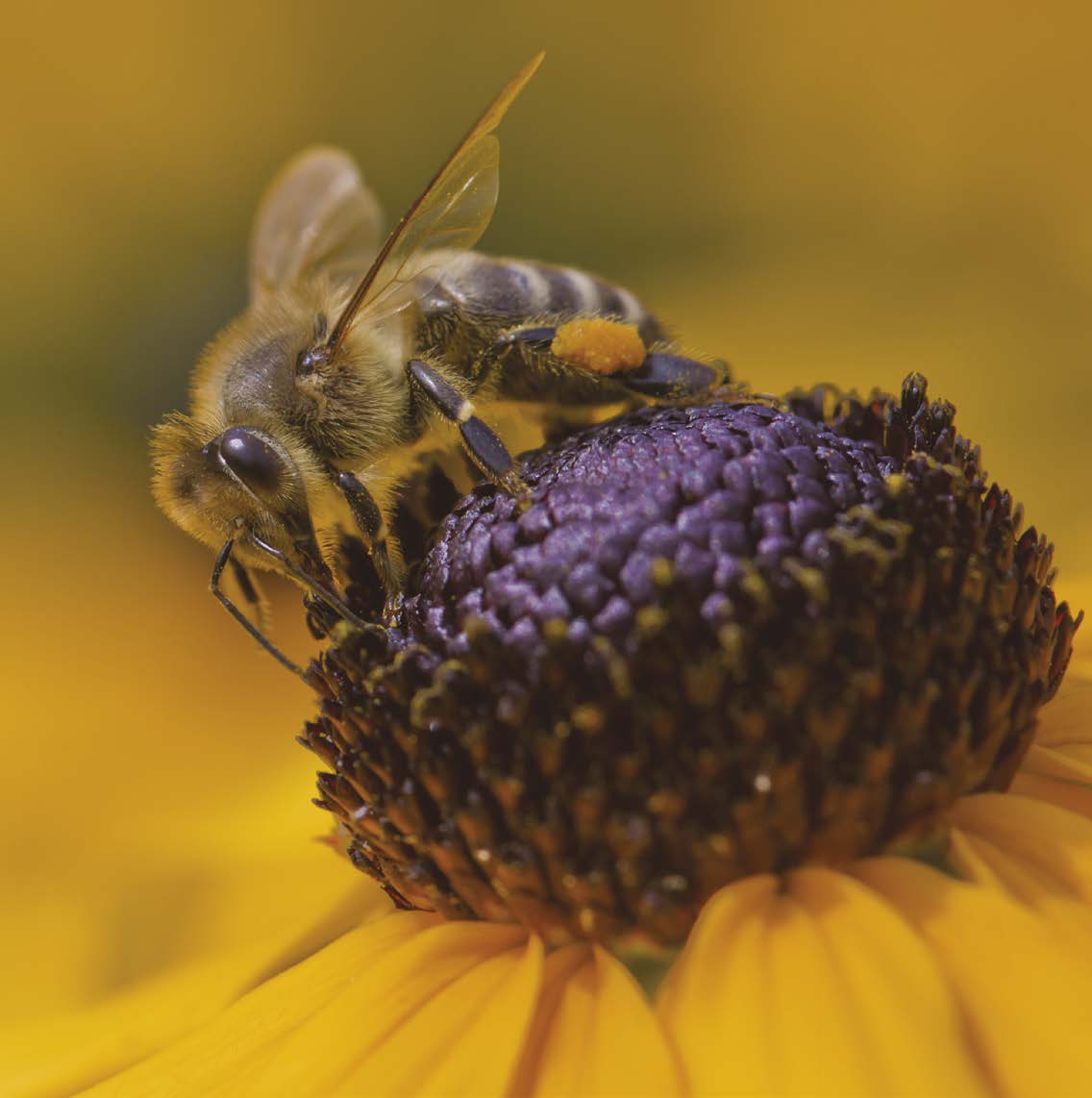 The Three Bees There are three different types of bees.
The Three Bees There are three different types of bees.
Worker bees are the smallest, and it is their job to collect food for the hive. The queen bee is the mother of the hive, and she gives birth to all the young. Drone bees with the queen. HONEYBEES LIVE IN A HIVE.  Honey Makes the World Go Round Worker honeybees have an important mission: to make as much honey as possible. The hive needs to be full of honey because that is mostly what bees eat.
Honey Makes the World Go Round Worker honeybees have an important mission: to make as much honey as possible. The hive needs to be full of honey because that is mostly what bees eat.
Each day, honeybees leave their homes to visit as many flowers as they can. At each flower, they collect a type of sugar called nectar, which they store in their stomachs. Once they are full, they make their way back to the hive. Here, they will chew the nectar until it turns into honey.  It takes 12 bees all their lives to make a single teaspoon of honey.
It takes 12 bees all their lives to make a single teaspoon of honey. 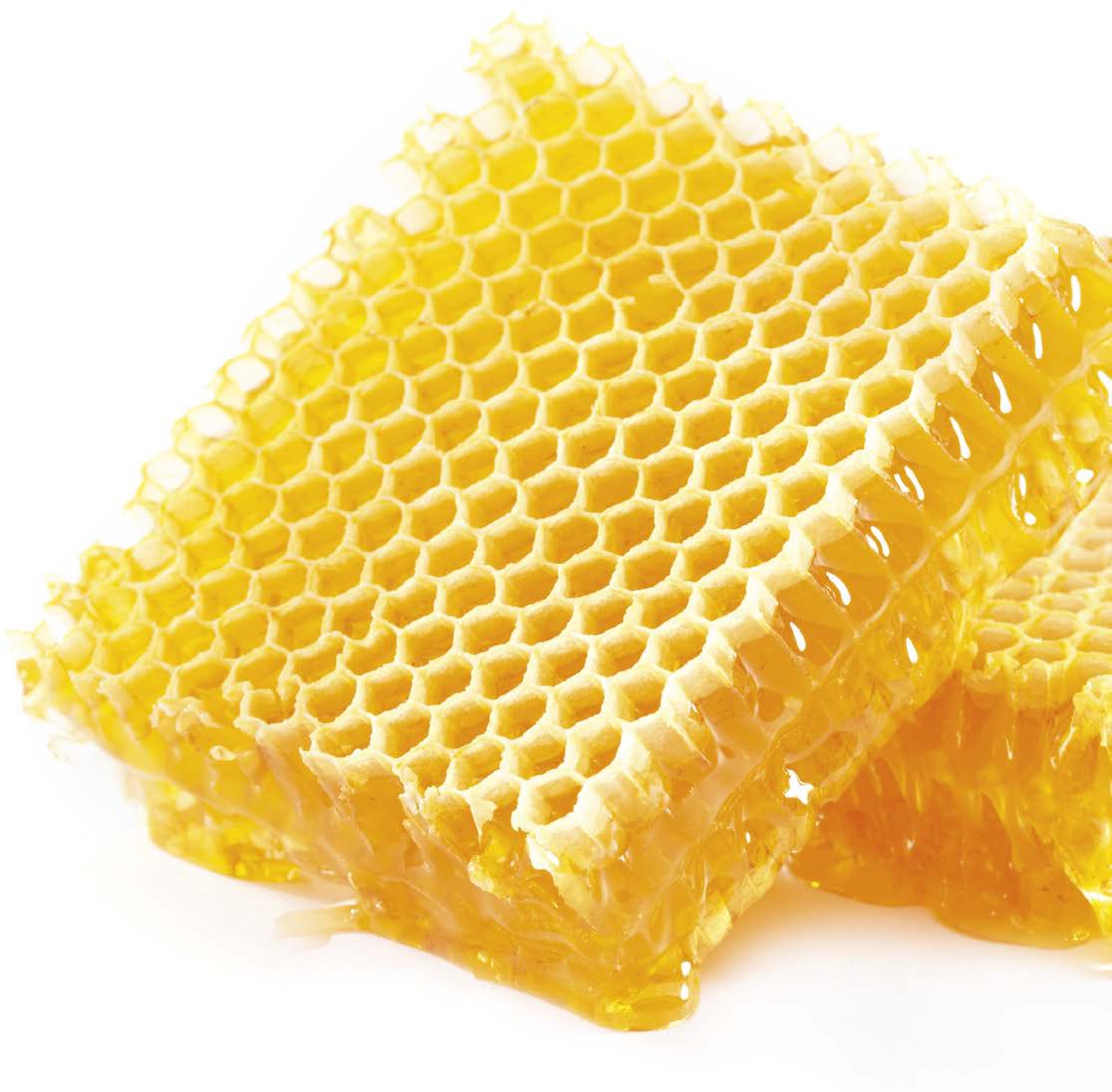 Honeycomb Honey is stored in honeycomb.
Honeycomb Honey is stored in honeycomb.
A WORLD WITHOUT BEES Why Are Bees So Important? Plants and flowers grow from seeds. To make seeds, most flowers need to swap with each other. To do this, they rely on bees. As bees visit the flowers for nectar, they are covered with sticky pollen. They accidentally carry this pollen to the next flower. The pollen gets stuck to the new flower, and new seeds can be made.
This is called pollination. 
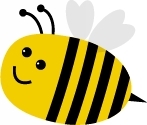 HONEYBEES WILL TRAVEL AS FAR AS 7.5 MILES (12 KM) AWAY FROM THE HIVE TO FIND FLOWERS.
HONEYBEES WILL TRAVEL AS FAR AS 7.5 MILES (12 KM) AWAY FROM THE HIVE TO FIND FLOWERS. 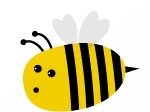 HONEYBEES HAVE TO VISIT AROUND 5 MILLION FLOWERS TO MAKE AROUND 19 FLUID OUNCES (560 ML) OF HONEY.
HONEYBEES HAVE TO VISIT AROUND 5 MILLION FLOWERS TO MAKE AROUND 19 FLUID OUNCES (560 ML) OF HONEY. 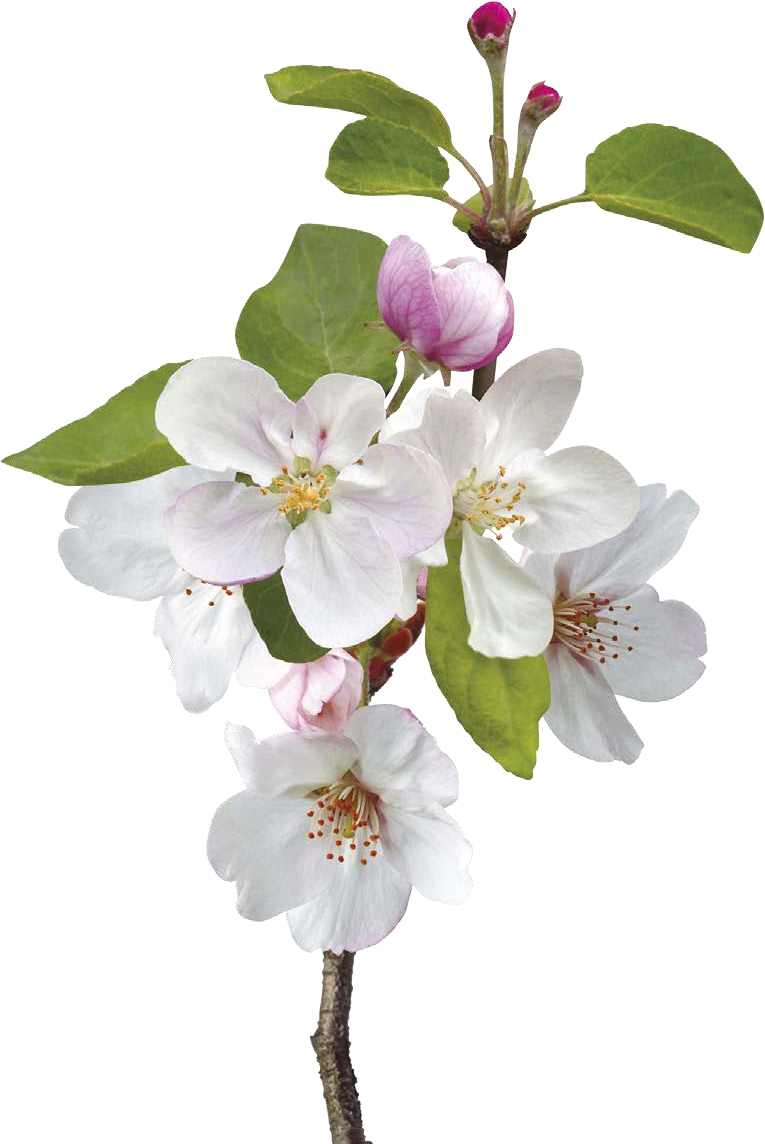 Without pollinators, many types of flowering plants would not be able to make seeds, so there would be no new flowers. Lots of plants would die out. than any other creature.
Without pollinators, many types of flowering plants would not be able to make seeds, so there would be no new flowers. Lots of plants would die out. than any other creature.
Honeybee hives are transported to lots of different farms in big trucks. Then, they are released to pollinate the plants. Bye-Bye, Bees If all the bees disappeared tomorrow, nobody knows what would happen for sure. Maybe humans would find a way to replace bees and solve all the problems. But what if we couldnt? Throughout this book, we are going to take a look at what might happen in a world without bees.  THE LAST JAR OF HONEY BREAKING NEWS: THE LAST JAR OF HONEY WAS SOLD TODAY, AT 11: 15 A.M.
THE LAST JAR OF HONEY BREAKING NEWS: THE LAST JAR OF HONEY WAS SOLD TODAY, AT 11: 15 A.M.
OUR REPORTER, MR. SCASE, IS ON THE SCENE. Thank you. Yes, since the disappearance of honeybees, we all knew this day would come. There is no more honey left. Im here with Mr.
Liddington, a shopper who was just too late. How are you feeling, Mr. Liddington?  TERRIBLE! NOW WHAT WILL I PUT IN MY TEA?! How Do We Get Honey from Bees? Most honeybees are not wild they are kept by people called beekeepers. Bees make extra honey for the winter, when there are no flowers or nectar. Beekeepers use honeybees because these bees make an especially large amount of extra honey.
TERRIBLE! NOW WHAT WILL I PUT IN MY TEA?! How Do We Get Honey from Bees? Most honeybees are not wild they are kept by people called beekeepers. Bees make extra honey for the winter, when there are no flowers or nectar. Beekeepers use honeybees because these bees make an especially large amount of extra honey.  A Beekeeper Collecting Honey
A Beekeeper Collecting Honey 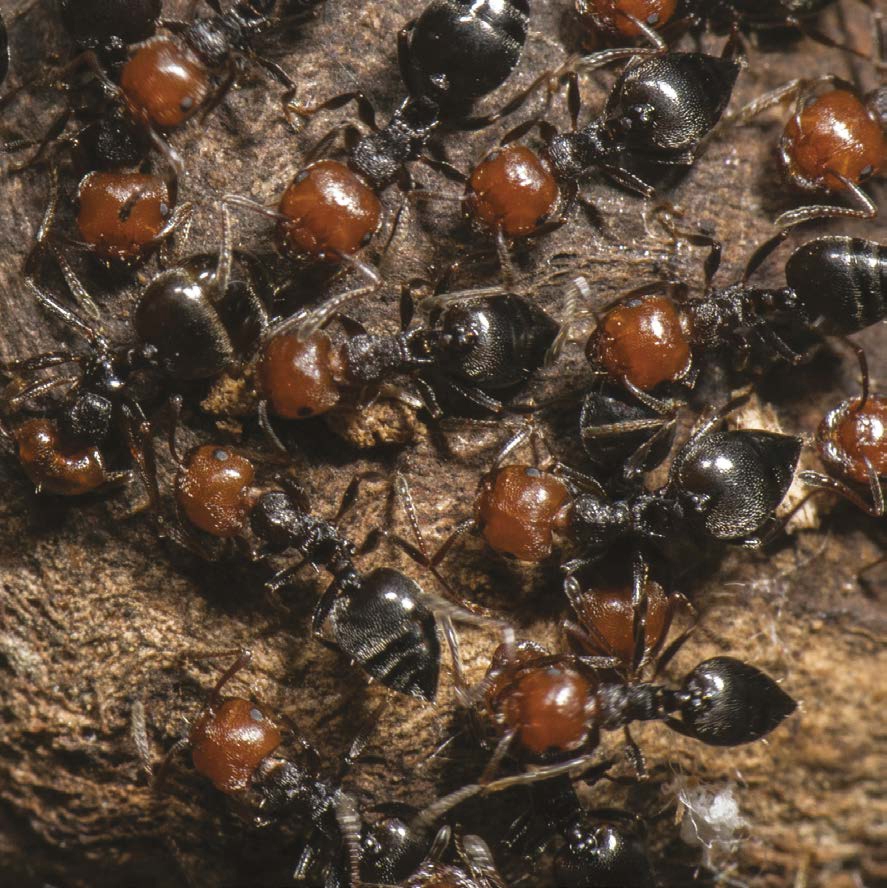 Honeypot Ants There are other insects, like honeypot ants, that also make honey.
Honeypot Ants There are other insects, like honeypot ants, that also make honey.  A Beekeeper Collecting Honey
A Beekeeper Collecting Honey  Honeypot Ants There are other insects, like honeypot ants, that also make honey.
Honeypot Ants There are other insects, like honeypot ants, that also make honey.
However, this honey is much harder to collect. This is because it is stored inside other ants, which swell up like grapes. EMPTY SUPERMARKET SHELVES 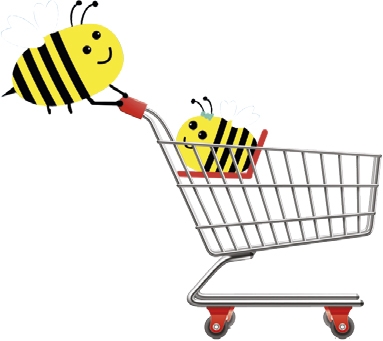
 237 out of 453 were taken off the shelves in one Whole Foods. Whole Foods For a short time in 2013, a supermarket called Whole Foods stopped selling all the food that needed pollinators in one of its shops. This was done to teach people about the importance of bees.
237 out of 453 were taken off the shelves in one Whole Foods. Whole Foods For a short time in 2013, a supermarket called Whole Foods stopped selling all the food that needed pollinators in one of its shops. This was done to teach people about the importance of bees. 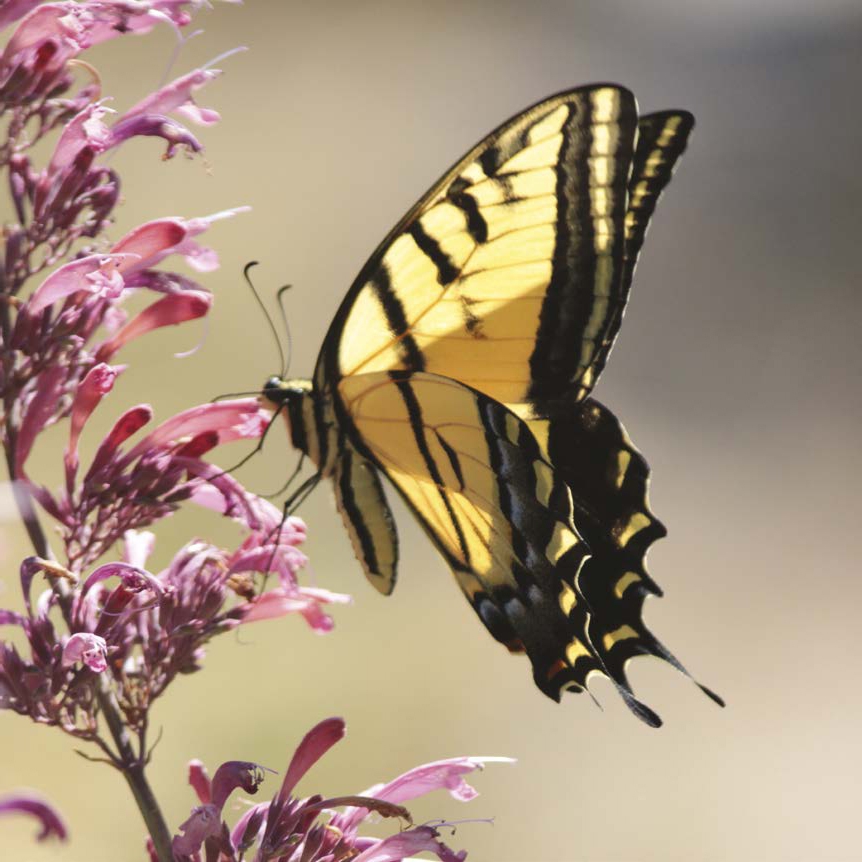
Next page




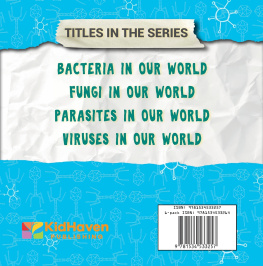

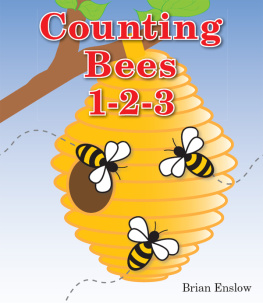
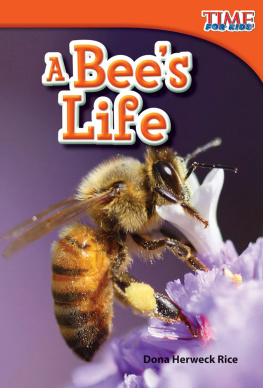
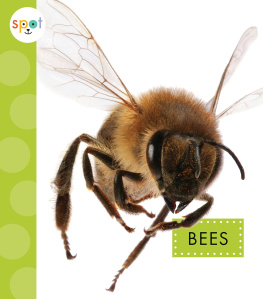

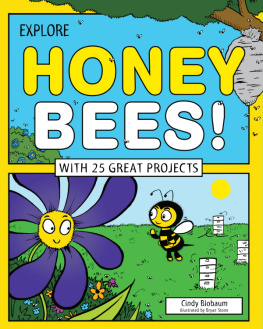


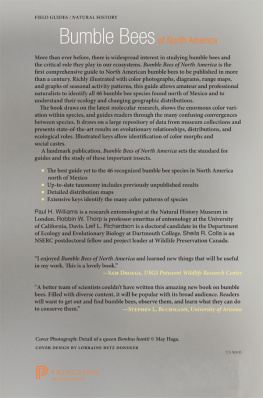
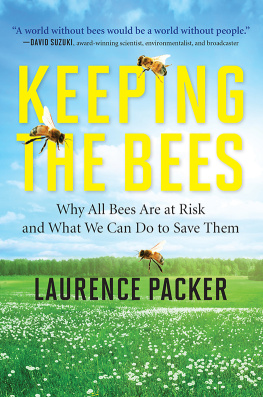
 Published in 2020 by KidHaven Publishing, an Imprint of Greenhaven Publishing, LLC 353 3rd Avenue Suite 255 New York, NY 10010 2020 Booklife Publishing This edition is published by arrangement with Booklife Publishing All rights reserved. No part of this book may be reproduced in any form without permission in writing from the publisher, except by a reviewer. Edited by: Holly Duhig Designed by: Amy Li Cataloging-in-Publication Data Names: Wood, John. Title: Bees / John Wood. Description: New York: KidHaven Publishing, 2020. | Series: Tiny things, big impacts | Includes glossary and index.
Published in 2020 by KidHaven Publishing, an Imprint of Greenhaven Publishing, LLC 353 3rd Avenue Suite 255 New York, NY 10010 2020 Booklife Publishing This edition is published by arrangement with Booklife Publishing All rights reserved. No part of this book may be reproduced in any form without permission in writing from the publisher, except by a reviewer. Edited by: Holly Duhig Designed by: Amy Li Cataloging-in-Publication Data Names: Wood, John. Title: Bees / John Wood. Description: New York: KidHaven Publishing, 2020. | Series: Tiny things, big impacts | Includes glossary and index. The Three Bees There are three different types of bees.
The Three Bees There are three different types of bees. Honey Makes the World Go Round Worker honeybees have an important mission: to make as much honey as possible. The hive needs to be full of honey because that is mostly what bees eat.
Honey Makes the World Go Round Worker honeybees have an important mission: to make as much honey as possible. The hive needs to be full of honey because that is mostly what bees eat. It takes 12 bees all their lives to make a single teaspoon of honey.
It takes 12 bees all their lives to make a single teaspoon of honey.  Honeycomb Honey is stored in honeycomb.
Honeycomb Honey is stored in honeycomb.
 HONEYBEES WILL TRAVEL AS FAR AS 7.5 MILES (12 KM) AWAY FROM THE HIVE TO FIND FLOWERS.
HONEYBEES WILL TRAVEL AS FAR AS 7.5 MILES (12 KM) AWAY FROM THE HIVE TO FIND FLOWERS.  HONEYBEES HAVE TO VISIT AROUND 5 MILLION FLOWERS TO MAKE AROUND 19 FLUID OUNCES (560 ML) OF HONEY.
HONEYBEES HAVE TO VISIT AROUND 5 MILLION FLOWERS TO MAKE AROUND 19 FLUID OUNCES (560 ML) OF HONEY.  Without pollinators, many types of flowering plants would not be able to make seeds, so there would be no new flowers. Lots of plants would die out. than any other creature.
Without pollinators, many types of flowering plants would not be able to make seeds, so there would be no new flowers. Lots of plants would die out. than any other creature. THE LAST JAR OF HONEY BREAKING NEWS: THE LAST JAR OF HONEY WAS SOLD TODAY, AT 11: 15 A.M.
THE LAST JAR OF HONEY BREAKING NEWS: THE LAST JAR OF HONEY WAS SOLD TODAY, AT 11: 15 A.M. TERRIBLE! NOW WHAT WILL I PUT IN MY TEA?! How Do We Get Honey from Bees? Most honeybees are not wild they are kept by people called beekeepers. Bees make extra honey for the winter, when there are no flowers or nectar. Beekeepers use honeybees because these bees make an especially large amount of extra honey.
TERRIBLE! NOW WHAT WILL I PUT IN MY TEA?! How Do We Get Honey from Bees? Most honeybees are not wild they are kept by people called beekeepers. Bees make extra honey for the winter, when there are no flowers or nectar. Beekeepers use honeybees because these bees make an especially large amount of extra honey.  A Beekeeper Collecting Honey
A Beekeeper Collecting Honey  Honeypot Ants There are other insects, like honeypot ants, that also make honey.
Honeypot Ants There are other insects, like honeypot ants, that also make honey. 
 237 out of 453 were taken off the shelves in one Whole Foods. Whole Foods For a short time in 2013, a supermarket called Whole Foods stopped selling all the food that needed pollinators in one of its shops. This was done to teach people about the importance of bees.
237 out of 453 were taken off the shelves in one Whole Foods. Whole Foods For a short time in 2013, a supermarket called Whole Foods stopped selling all the food that needed pollinators in one of its shops. This was done to teach people about the importance of bees. 